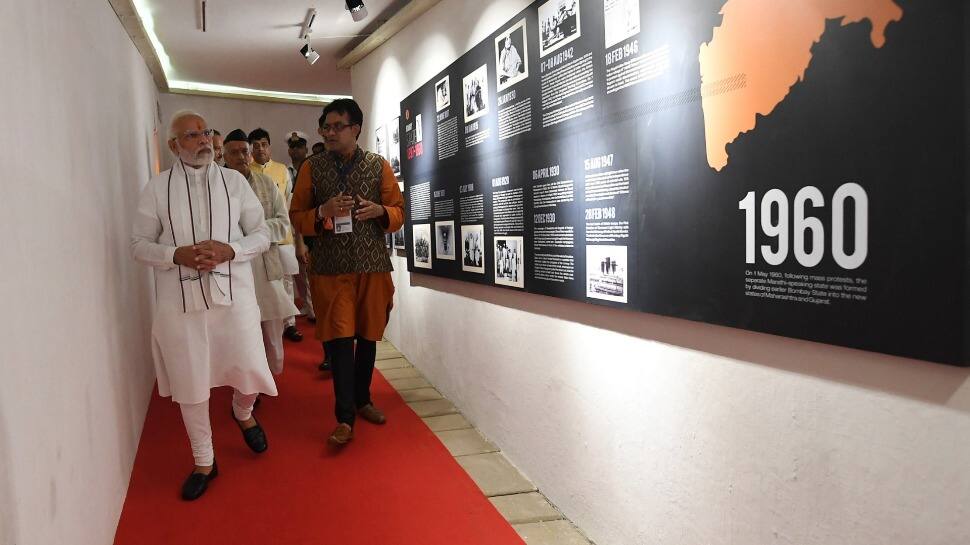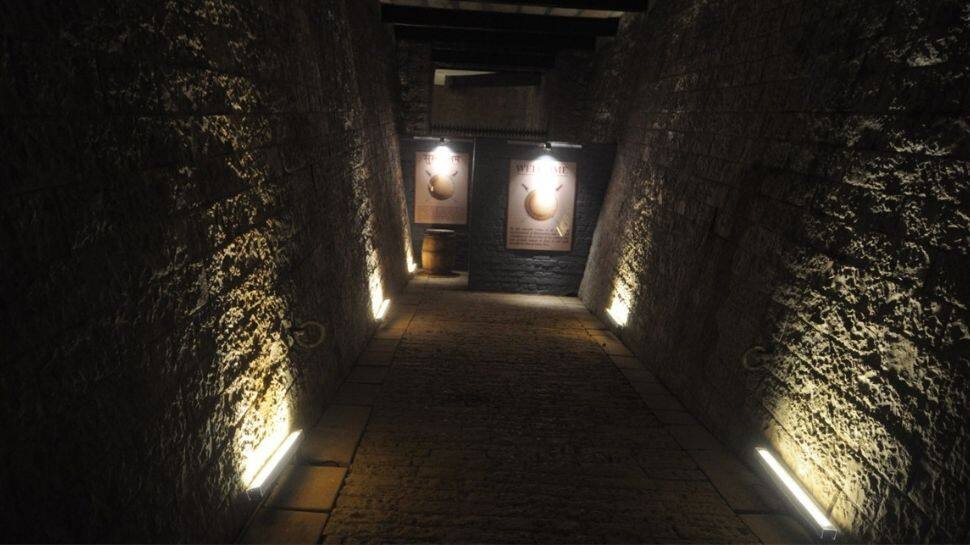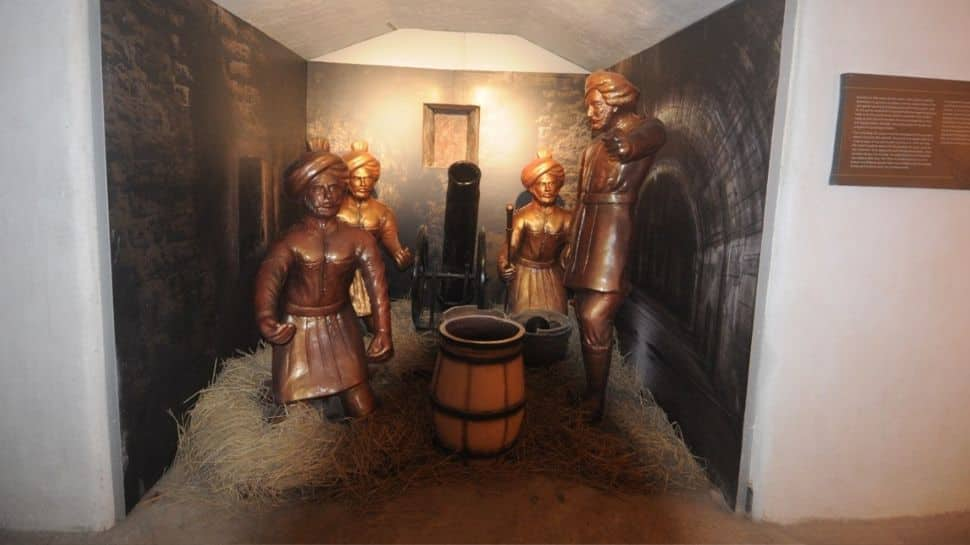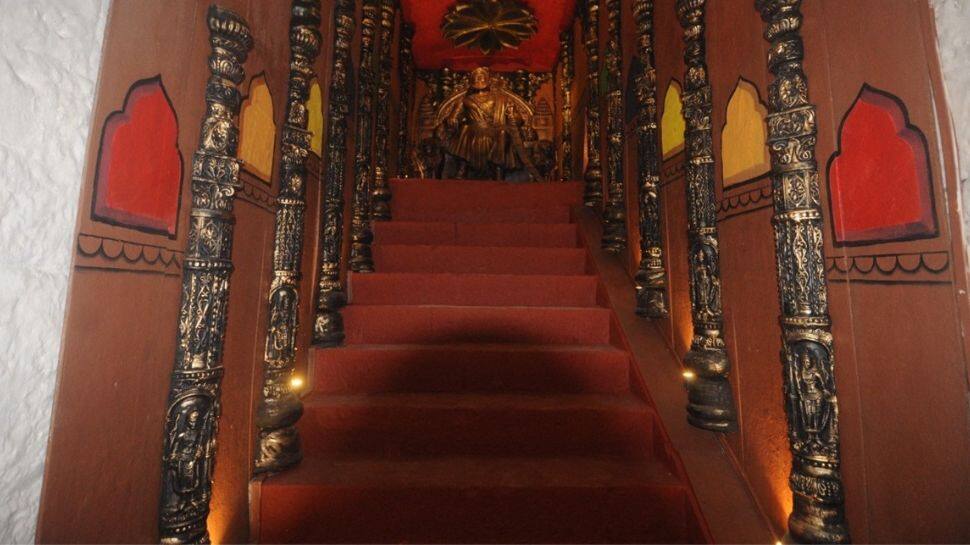PM Modi inaugurates 'Gallery of Revolutionaries' in Mumbai; here's a look at India's first underground museum
Maharashtra Raj Bhavan: On June 14, Prime Minister Narendra Modi will open the country's first underground 'Gallery of Revolutionaries,' a museum dedicated to the luminaries of the Indian Independence Movement, at the Maharashtra Raj Bhavan.
Vidyasagar Rao, the then-Governor of Maharashtra, discovered a bunker in Raj Bhawan in 2016. It had previously been used as a secret storage facility for British weapons and ammunition. In 2019, the bunker was renovated. The Gallery of Revolutionaries has been created in the bunker as a one-of-a-kind museum to commemorate the contributions of Maharashtra's freedom fighters and revolutionaries.
PM Narendra Modi at the Jal Bhushan Building and Gallery of Revolutionaries at Raj Bhawan

Prime Minister Narendra Modi opened the country's first underground 'Gallery of Revolutionaries,' a museum dedicated to the luminaries of the Indian Independence Movement, at the Maharashtra Raj Bhavan.
The PM inaugurated the 'Revolution Saga' gallery, which has emerged from the subterranean network of 13 pre-World War I (First WW) British era bunkers discovered in the sprawling Raj Bhavan campus in August 2016 during the tenure of the then Governor C. Vidyasagar Rao.
Maharashtra Raj Bhavan Location

Museum of Revolutionaries

Features

The underground bunker, which included 13 rooms of varying sizes as well as a grand 20-foot-tall entrance, a fort-like structure with a long ramp to take guns inside, was structurally audited and strengthened by expert teams.
The bunker's cells were labelled 'Shell Store,' 'Gun Shell,' 'Cartridge Store,' 'Shell Lift,' 'Central Artillery Room,' 'Workshop,' and so on. It had a proper drainage system, clean air, and natural light, as well as lamp recesses kept in various locations to illuminate it at night.
History

The museum's first phase includes rebels such as Vasudev Balwant Phadke, Damodar Hari Chapekar and Vishnu Hari Chapekar (Chapekar Brothers), Lokmanya Bal Gangadhar Tilak, the Savarkar Brothers - Vinayak Damodar Savarkar (Veer Savarkar) and Ganesh Damodar Savarkar (Babarao Savarkar), Anant Laxman Kanhere, Vishnu Ganesh Pingale, Vasudev Balwant Gogate, Krantiguru Lahuji Raghoji Salve, Bhikaiji Rustom Cama (Madam Cama), Shivran H. Rajguru, the country's first armed fighter organisation 'Abhinav Bharat', 'Patri Sarkar', etc.





